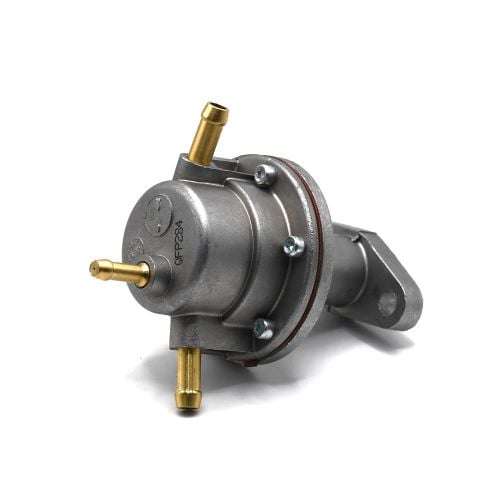When it comes to woodworking and construction, the circular saw is an indispensable tool. Its versatility and power make it a favorite among professionals and DIY enthusiasts alike. However, one of the most significant dangers associated with using a circular saw is kickback—a sudden, forceful reaction that can lead to serious injuries. Understanding how to use a circular saw without kickback is crucial for both safety and efficiency. In this article, we will delve into advanced techniques and best practices to minimize the risk of kickback while maximizing your cutting precision.
Understanding Kickback: The Mechanics Behind the Danger
Kickback occurs when the blade of the circular saw binds or catches on the material being cut. This can happen for several reasons, including:
- Binding of the Blade: If the material being cut closes in on the blade, it can cause the saw to jerk back toward the operator.
- Improper Feed Rate: Pushing the saw too quickly can lead to binding, while moving too slowly can cause the blade to overheat and warp.
- Dull Blades: A dull blade requires more force to cut, increasing the likelihood of binding and kickback.
- Incorrect Blade Depth: Setting the blade too deep can increase the risk of binding and kickback.
Techniques to Prevent Kickback
- Choose the Right Blade
Selecting the appropriate blade for your material is the first step in kickback prevention. For instance, a blade designed for ripping wood will differ from one meant for cross-cutting. Ensure that the blade is sharp and in good condition, as a dull blade can exacerbate kickback risks.
- Set the Correct Blade Depth
Adjust the blade depth so that it extends only about 1/4 inch below the material being cut. This minimizes the amount of blade exposed, reducing the chance of binding and allowing for a cleaner cut.
- Use a Guide or Straight Edge
Utilizing a guide or straight edge can help maintain a straight line while cutting, which reduces the likelihood of the blade binding against the material. Clamping a straight edge to your workpiece can provide stability and accuracy.
- Maintain a Steady Feed Rate
A consistent and controlled feed rate is essential. Avoid forcing the saw through the material; instead, let the blade do the work. If you feel resistance, stop and assess the situation rather than pushing harder.
- Keep a Firm Grip and Proper Stance
Always maintain a firm grip on the saw with both hands and stand in a stable position. Your body should be positioned to the side of the saw, not directly behind it, to minimize injury risk in the event of kickback.
- Use Anti-Kickback Features
Many modern circular saws come equipped with anti-kickback features, such as riving knives or blade guards. These components help prevent the blade from binding and reduce the likelihood of kickback. Familiarize yourself with your saw’s features and ensure they are properly installed and functioning.
- Avoid Cutting Freehand
Whenever possible, avoid freehand cutting. Instead, use a stable work surface and secure your material with clamps. This not only enhances safety but also improves the accuracy of your cuts.
Additional Safety Measures
- Wear Protective Gear
Always wear appropriate personal protective equipment (PPE), including safety glasses, hearing protection, and a dust mask. This will protect you from debris and noise, allowing you to focus on your cutting task.
- Inspect Your Equipment Regularly
Regular maintenance of your circular saw is essential. Check for any signs of wear or damage, and ensure that all components are functioning correctly. A well-maintained saw is less likely to malfunction and cause kickback.
- Practice Makes Perfect
If you are new to using a circular saw, practice on scrap material before tackling your main project. This will help you become familiar with the tool’s operation and improve your confidence in handling it safely.
Conclusion
Using a circular saw without kickback is not just about following basic safety guidelines; it requires a comprehensive understanding of the tool, the material, and the cutting process. By implementing the techniques outlined in this article, you can significantly reduce the risk of kickback, ensuring a safer and more efficient cutting experience. Remember, safety should always be your top priority when working with power tools. With practice and attention to detail, you can master the circular saw and elevate your woodworking skills to new heights.

